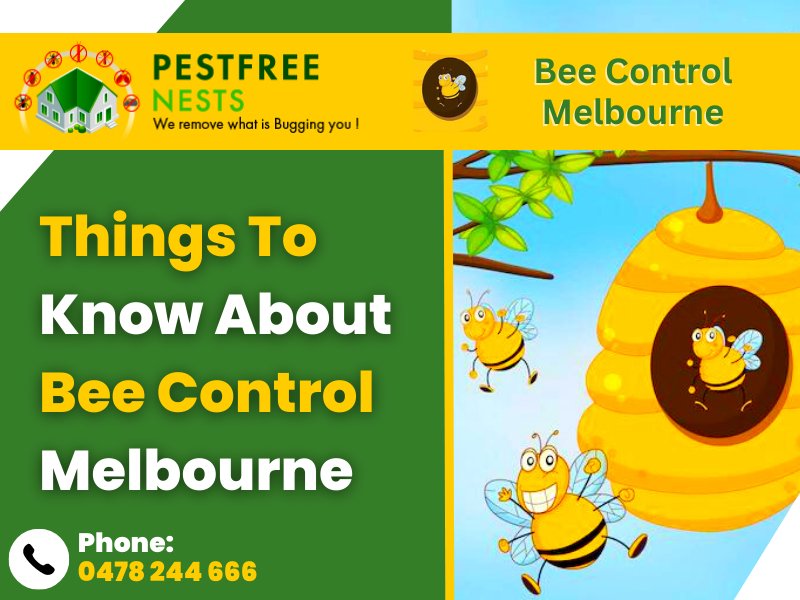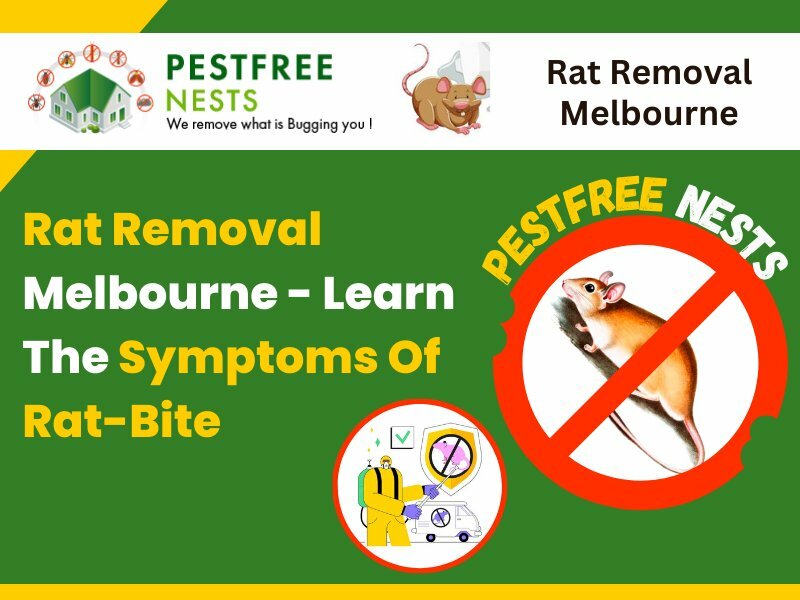We all are well aware of our neighbouring insects, bees. Bees are flying insects belonging to the family Apidae and are known for their crucial role as pollinators in the ecosystem. They play a vital role in the reproduction of flowering plants by transferring pollen between flowers, enabling fertilization and seed production. Bees are essential for the sustainability of natural ecosystems and agriculture, making their conservation and protection critical for environmental health and food production.
While bees are essential pollinators and play a crucial role in the ecosystem, a bee infestation can become a concern when the bees’ presence poses a threat to human safety or property. A bee infestation refers to a situation where many bees, typically honeybees, establish a colony in or around a human-occupied area, such as a building, wall void, attic, or other structures. So it’s crucial to know the methods of how to get rid of bees without killing them. But before getting to the methods of how to get rid of bees’ nests, let’s first look at the reasons to eradicate a bee infestation:
- Safety Concerns: Bee stings can cause allergic reactions in some individuals, which may result in severe medical emergencies, including anaphylaxis. For those with allergies, even a single sting can be life-threatening.
- Aggressive Behaviour: Certain circumstances, such as a colony protecting its nest, may cause bees to exhibit aggressive behaviour, increasing the risk of stings and potential injuries to people and pets.
- Structural Damage: Bees can build their nests in wall voids, attics, or other hidden locations, leading to structural damage over time.
- Home Occupancy: When bees nest inside or near a house, their presence can become disruptive and inconvenient for residents, particularly if their entry points are near living spaces.
- Aesthetic Concerns: A bee infestation in visible areas can be aesthetically unappealing, leading to a negative impact on property value and curb appeal.
In cases where the bees’ presence poses a direct threat to human safety or property, it may be necessary to address the infestation through professional bee removal or relocation methods. However, whenever possible, it is essential to prioritize the conservation and protection of bees, as they are crucial pollinators that contribute to the health and biodiversity of the environment. Responsible and ethical bee removal practices can help strike a balance between managing bee infestations and preserving these essential pollinators.
Effective Steps To How To Get Rid Of Bees Without Killing Them
Getting rid of a bee infestation is crucial and thus requires able assistance and planning to do so. Here are some steps and considerations on how to get rid of beehives safely around your home.
- Identify the Bees: Before taking any action, it’s crucial to identify the type of bees you are dealing with. There are different species of bees, including honeybees, bumblebees, and solitary bees. Honeybees are social insects that live in colonies and produce honey, while bumblebees are larger and typically build nests in the ground or other hidden locations. Solitary bees, as the name suggests, live individually and do not form colonies.
- Determine the Threat Level: Consider the proximity of the bee activity to your living spaces and whether they are posing a threat to you, your family, or your pets. If the bees are aggressive, have established a nest near entrances, or are causing allergic reactions, it may be necessary to take safety measures to manage them.
- Observe the Bee Activity: Take note of the bees’ flight path and their entry points to identify the location of their nest or colony. This information will be crucial for planning and executing a safe removal.
- Seek Professional Help: It’s best to consult a professional beekeeper or pest control expert who specializes in bee removal. They have the knowledge, experience, and equipment on how to get rid of bees without killing them.
- Create a Bee-Friendly Garden: If the bees are not posing an immediate threat and are not in an inconvenient location, consider creating a bee-friendly garden to attract and support these essential pollinators. Plant flowers that provide nectar and pollen, such as lavender, sunflowers, and wildflowers, to encourage the bees to forage in the garden.
- Use Natural Repellents: If the bee activity is minimal and not posing a threat, you can use natural repellents to deter bees from certain areas. Citronella, eucalyptus, and peppermint oils are known to be effective bee repellents.
- Seal Entry Points: If you notice bees entering your home through gaps or cracks, seal these entry points to prevent their access indoors.
- Do Not Disturb the Nest: If you have identified a bee nest or colony, avoid disturbing it or attempting to remove it on your own. Aggravating the bees can lead to defensive behaviour and stinging incidents. In such cases, call the bee pest control company immediately.
- Relocate the Nest: If you have confirmed the presence of a honeybee colony, consider contacting a local beekeeper or bee removal specialist who practices ethical and sustainable bee relocation. Honeybees are valuable pollinators, and it is best to preserve and relocate them whenever possible.
- Prevention for Future Nests: Once you have managed the current bee situation, take preventive measures to discourage bees from nesting in undesirable locations. Seal cracks and gaps in buildings, trim overgrown vegetation, and remove potential nesting sites like old tree stumps and decaying wood.
Professional Bee Infestation Removal Company: Your Answer To How To Get Rid Of Bees Nests
Pest Free Nests is a trusted pest removal company that specializes in ethical and sustainable bee removal, providing safe solutions for dealing with bee infestations. We understand the importance of preserving bees as crucial pollinators and strive to relocate honeybee colonies whenever possible. Our expert team uses humane methods to address bee infestations, ensuring the safety of residents and the environment. Pest Free Nests approach combines professional expertise with a commitment to environmental conservation, making us a responsible choice for managing bee infestations while preserving the essential role of bees in the ecosystem.
FAQs
What should I do if a bee stings me?
If stung by a bee, follow these steps:
- Stay Calm: Avoid rapid movements to prevent venom spread.
- Remove Stinger: Use a fingernail or card to scrape off the stinger.
- Wash: Clean the area with soap and water.
- Cold Compress: Apply a cold pack to reduce pain and swelling.
- Pain Relief: Take over-the-counter pain relievers if needed.
- Allergic Reaction: Monitor for signs like difficulty breathing; seek medical help if severe.
- Avoid Scratching: Prevent infection by not scratching the area.
- Seek Medical Help: If you experience an allergic reaction or multiple stings, seek medical attention promptly.
Are all bees harmful?
No, not all bees are harmful. Many bee species are crucial pollinators that contribute to ecosystems and agriculture. Honeybees, bumblebees, and solitary bees are generally non-aggressive unless provoked. However, some bees, like Africanized honeybees or “killer bees,” can be more aggressive and pose a higher risk of stinging. It’s essential to differentiate between bee species and assess the situation carefully. If bees are nesting near human activity or show aggressive behaviour, it’s advisable to seek guidance from local experts or pest control professionals.
How do I know if I’m allergic to bee stings?
An allergic reaction to bee stings can vary in severity. Common signs include swelling, redness, and pain at the sting site. However, symptoms of an allergic reaction can include hives, itching, difficulty breathing, rapid pulse, nausea, and swelling in distant parts of the body. If you experience severe symptoms after a bee sting, like difficulty breathing, chest tightness, or swelling of the face and throat, seek immediate medical help. An allergist can perform tests to diagnose bee sting allergies and recommend appropriate measures to manage the condition.

